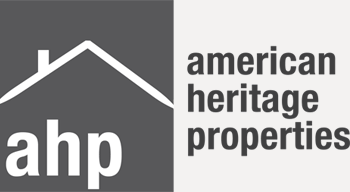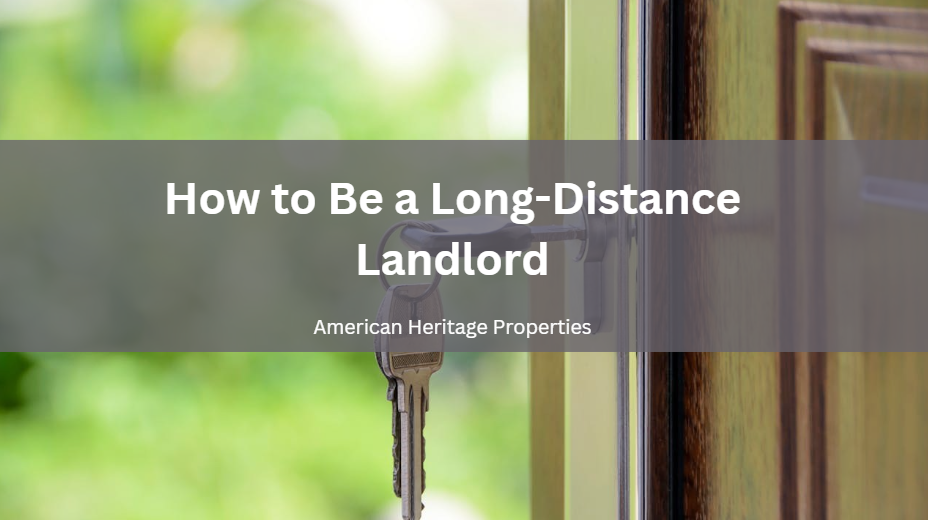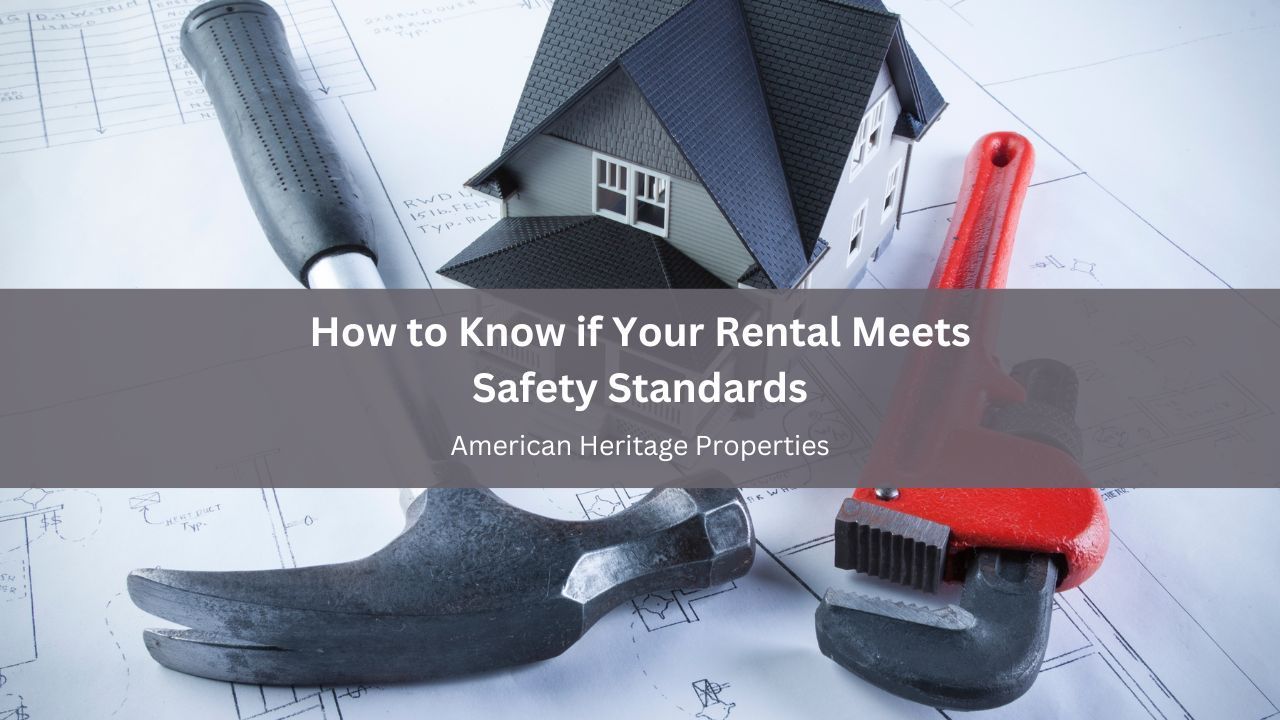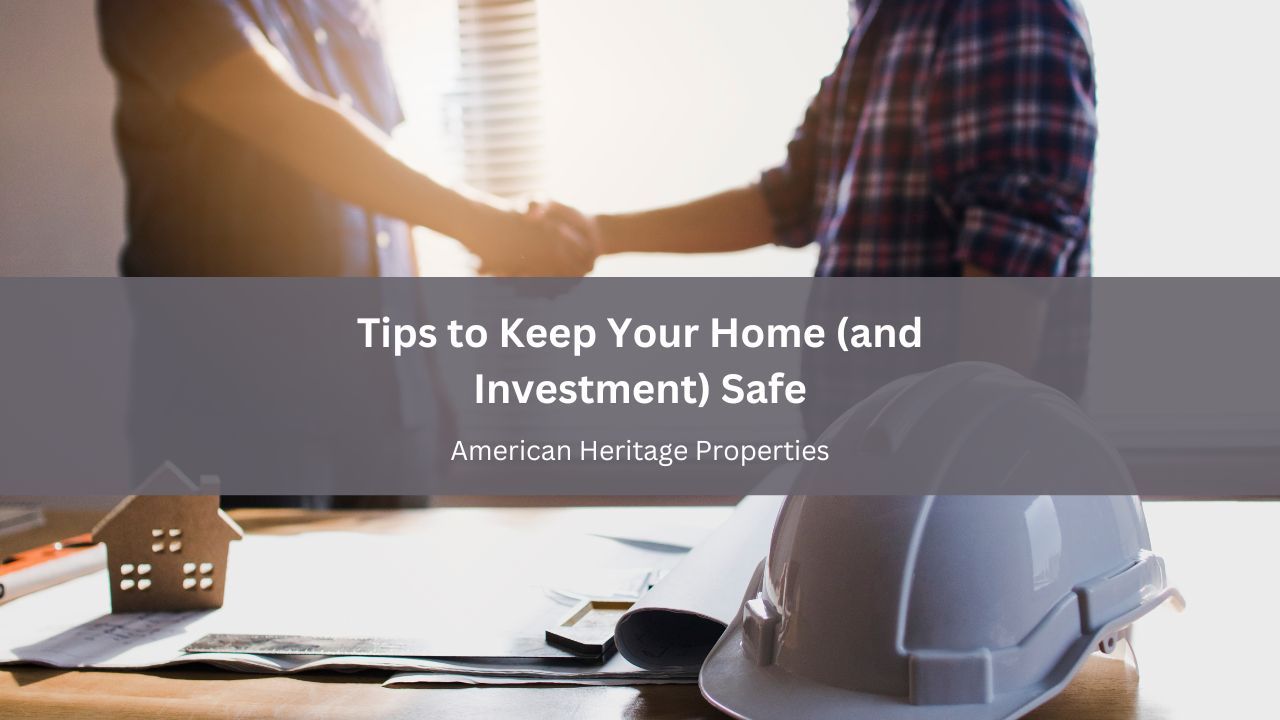The Big Move: Are You Ready for a Larger Home? | American Heritage Properties
Whether you are expecting children or have big and hyperactive dogs, your quality of life can be compromised in a smaller home. It is wise to consider moving to a larger, nicer space or a better neighborhood to give you more room to live and help you lead a happier and more satisfying life.
A larger home or a better neighborhood means more rooms, floors, and outdoor areas for children and family to enjoy. If your current home no longer fits your needs, moving to a house or extra bathroom and bedroom is a practical choice. Upsizing will also give the opportunity to have and enjoy a gourmet kitchen, a playroom, and a bigger yard.
The Issue with Affordability
The main concern with a bigger home, however, is its affordability. A larger home or a better neighborhood usually means more expenses. If you’re considering buying a larger space, you need to be ready to handle larger mortgage payments. Keep in mind that upgrading to more square footage means having more areas to clean and maintain, which will affect your current budget.
Fortunately, many property rentals are available if you cannot afford to purchase a home. This is a much practical alternative if you want to move right away, but have insufficient time and money to purchase a new house. It can save you a considerable amount of money, while letting you and your family enjoy a bigger space.
A Different Life
When you choose to move to a bigger home, it can have a subtle impact on your social status. If you end up renting or moving to a larger home, it means that you’re growing up and making an upgrade that can affect your family’s quality of life.
You will also think that it is such a great relief to have enough space to organize storage and have a place for almost anything. There will be less clutter and you can welcome unexpected visitors without the need to clean up.
The right house for you is whatever that feels right and what you can afford. If you think that a home with four or five bedrooms or three bathrooms will make you happy, it is perfectly fine to go for it. It is still important, however, to look for the right home in an ideal neighborhood. Browse our website today and find out how we can help you find a place to call home.









